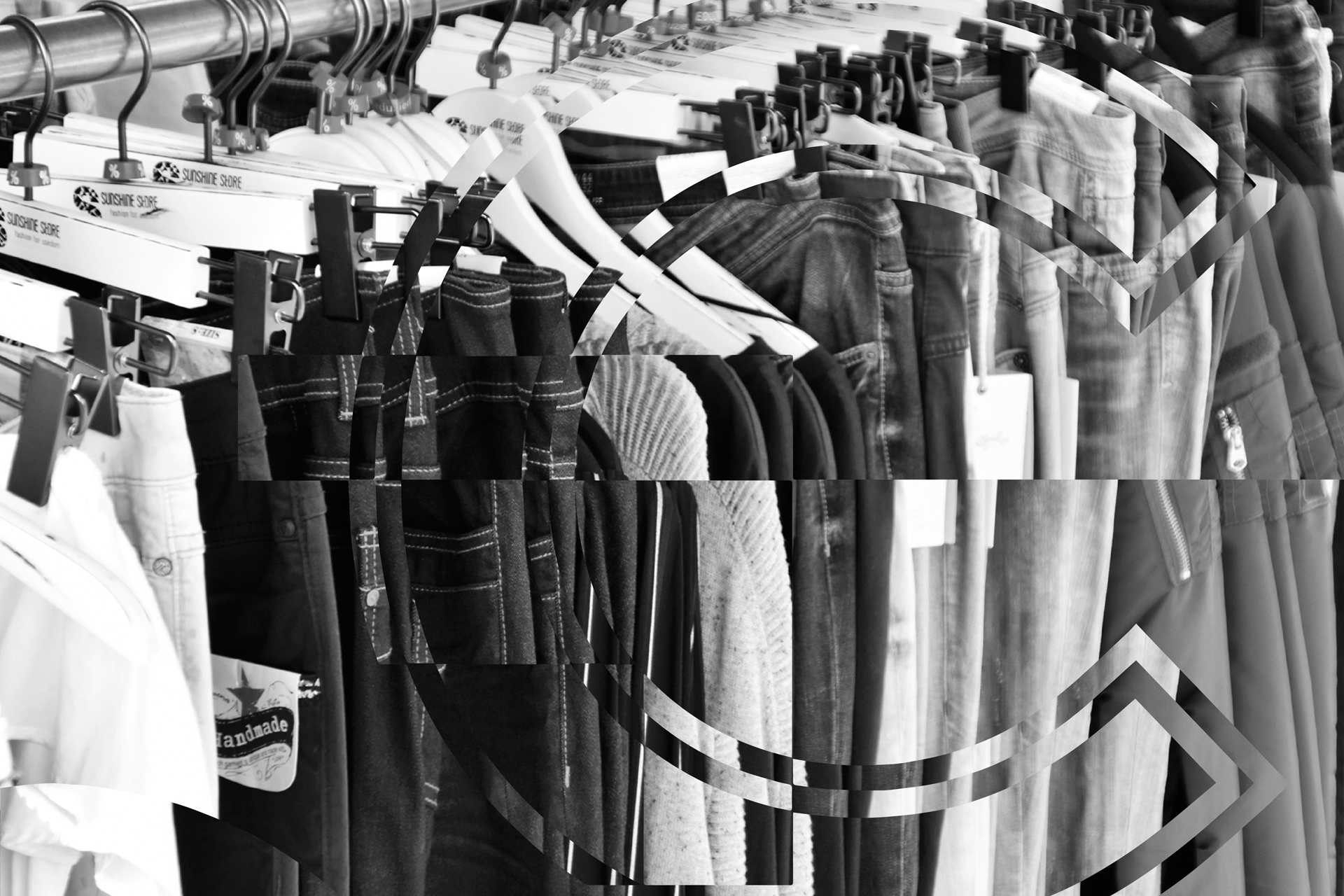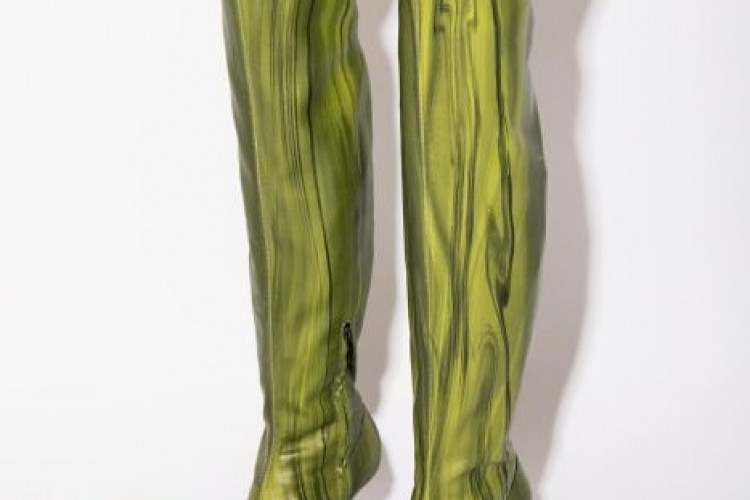
Our Take on Fast Fashion: Do We Care Enough?
In this column submission, Enya Astari Setiawan reflects on how Indonesian people have a different perspective when it comes to fast fashion, discounting its environmental and social impacts.
Words by Whiteboard Journal
Like a lot of other students today, I had to watch those “Behind Fast Fashion”, “Fashion Factories Undercover” and “True Cost of Fast Fashion”-type documentaries at school. It got me thinking about how bad fast fashion actually is. But honestly, I never went beyond thinking. I never stopped purchasing fast fashion entirely. I love local brands, I enjoy thrifting, but I still went to Stradivarius whenever I wanted to buy a plain top. I liked the certainty of always finding what I needed in the mall even without having to put in effort searching for it. I believe fast fashion retail stores are so handy. They have everything we need, and all items are up to date. On top of that, I see them having a reputable quality, simply considering that they are multinational brands.
My little sister, on the other hand, is that kind of person that non-profit organizations would hire to be a sustainable fashion ambassador — she embargoes fast fashion. She has all of these strong opinions on fast fashion. And every time she did a speech, I would think about why my sister, who’s three years younger than me, has such visionary thoughts, whereas I’m still stuck just thinking about it.
She talks about the whole system of fast fashion is wrong. She elaborates on how fast fashion is produced with its unethical usage of sweatshops where employees are the victims of unethical labor practice that causes them to experience multiple wounds or even end up in death. On top of it, employees earn low wages even after working 17-hour shifts. Fast fashion companies exploit these workers, mostly in developing countries where they don’t pay them the money they deserve, given how much these companies actually make out of their services. Not only that, she highlights how fast fashion creates this idea that people must follow trends and how that drives the habit of throwing “out-of-trend” pieces and getting new ones. And by doing so, these pieces are taking a huge role on the increase of fashion waste, taking over oceans and landfills today. The obsession of being trendy and the allure of disposable clothing has led into this toxic habit that is so deadly to the environment, because no one is informed on how the clothes were produced, and where it ended up.
I was stunned. I didn’t even know how to respond. I felt like I was so late to the party.
I then tried to do more research on this topic. And unsurprisingly, articles from foreigners’ perspective say the same thing. They stated that young people are starting to get environmental consciousness, becoming less interested in cheap, disposable clothing, and shifting to more sustainable, high quality brands with ethical style credentials like organic cotton and vegan leather.
After that, I got curious on how my peers felt.
If you know my family, you can tell that my sister and I went to different types of schools in Jakarta, we have different ways of living, different groups of friends, different everything. Pretty much the only thing we have in common is our parents. I am one of those typical Indonesian teenagers who went to a school centered around the national curriculum with minimal international influence, whereas she was raised going to international schools learning from foreigners under a foreign system using a foreign language.
Regardless, I’m pretty sure that my peers are also aware about the decline of fast fashion in Indonesia. But I was interested in finding out their take on why that’s occurring. With a simple Instagram story poll, I asked my peers and learned that a few of them had the same mindset as my sister. But most of them had different reasons on why they are avoiding fast fashion. The majority lies on how they started to support local brands, shifted to thrifting, and uses e-commerce as their main channel when it comes to shopping.
Local fashion brands have bloomed into an emerging category in Indonesia. Public Culture, Locale, COTTONINK, you name it. People thought of it as the “affordable but cute” alternative. They commented that local brands offer the same qualities as multinational fast fashion retail brands, but do not cause as much damage to their wallets. This was followed shortly by thrifting culture starting to become a big thing in Indonesia. People thrift because they feel that it’s more unique, not mainstream or “itu itu aja”. But what people loved the most was the fact that it was cheaper. And finally, e-commerce joined the group and became one of the main channels for these local brands and thrift stores. With its strategies on offering multiple promos, people stuck with it and created a habit of online shopping for everything.
I wondered why my peers had such different reasons on why they avoid fast fashion, whereas the status quo is the fact that its ethics and impacts are questionable. Regardless of the huge amount of money their parents spent on levels of education, I believe they still think narrow-minded and short-term — whatever is best for each of them now, not for the greater good later.
I realized that the crucial difference is on how foreigners ditch fast fashion to get rid of those inexpensive, fades-after-three-washes items, and instead, they want to invest on items that have more shelf life and quality, regardless of the bigger price tag.
But that didn’t happen with most Indonesians. In our case, we have a relatively lower buying power than other countries. Because of that, our shift is largely money-based. We wanted to spend less on our clothes. We wanted to not have to spend Rp199.900 for a simple white tee in Stradivarius and prefer to only spend Rp25.000 for a similar one in Shopee — it’s free shipping anyway. Not only that, we shifted because it’s a trend created by the influencers in our social media feeds. Shopping local, thrifting, and online shopping all became trendy. trends. We shifted for the pride you get when you’re following a certain trend by wearing what the cool kids are wearing, and the satisfaction you get when using a local brand, shown with the implicit support you’re promoting.
Regardless of these different reasons, we are all moving towards the same thing: killing the fast fashion industry. But I can’t help but wonder: is this enough? Do we care enough? What if the local brands we love so much start using fast fashion practices? Do we stop supporting them? Or will we still buy from them because at the end of the day, it’s still cheap and locally made?




